While everyone knows Bordeaux and Champagne, France keeps some of its best wine secrets tucked away in tiny villages. These smaller places offer intimate tastings where winemakers still greet visitors personally, and grape-growing traditions pass down through generations.
Ready to discover some spots where wine isn’t just made – it’s lived? Let’s explore places where every glass comes with a story and every road leads to another family vineyard.
Gigondas
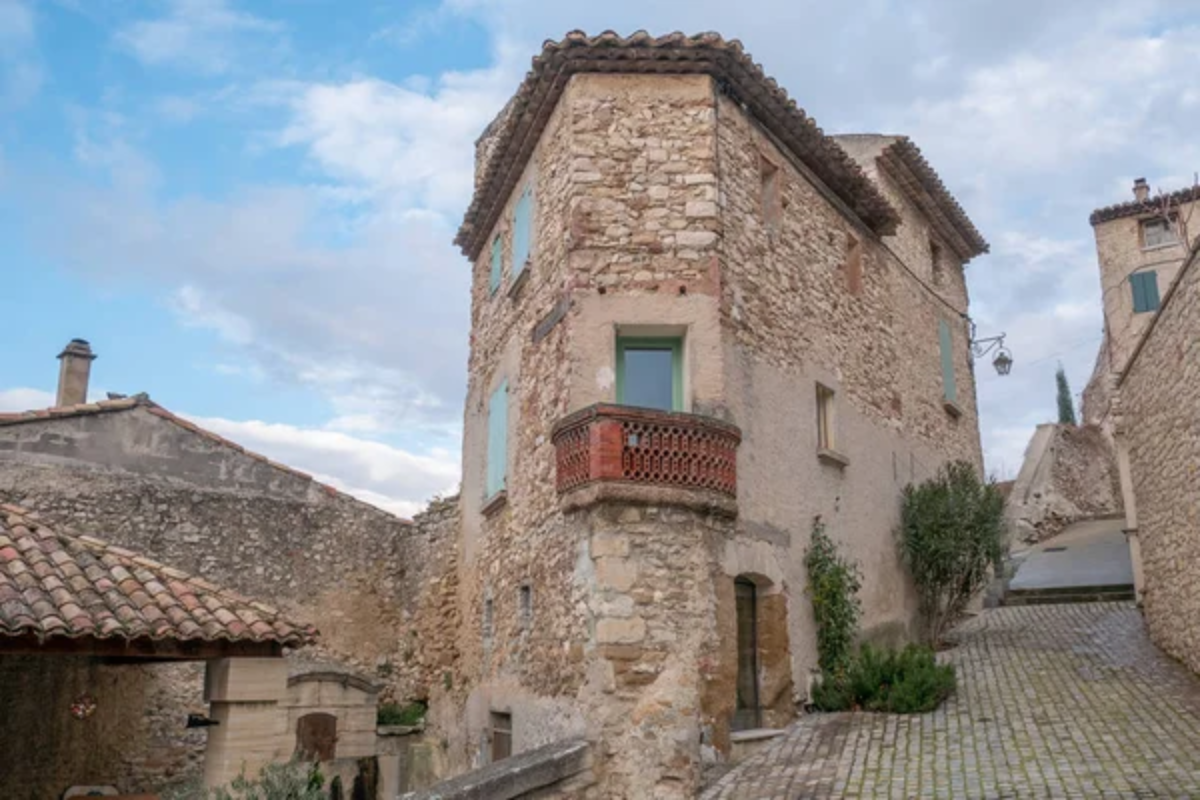
This Rhône Valley gem sits beneath dramatic limestone cliffs called the Dentelles de Montmirail. Small stone houses cluster around a medieval church, while narrow streets lead to family-run tasting rooms.
Local winemakers craft powerful reds from Grenache grapes, which are best enjoyed at outdoor tables while watching the sunset paint the cliffs. The village herb garden adds scents of lavender and thyme to wine-tasting afternoons.
Saint-Émilion
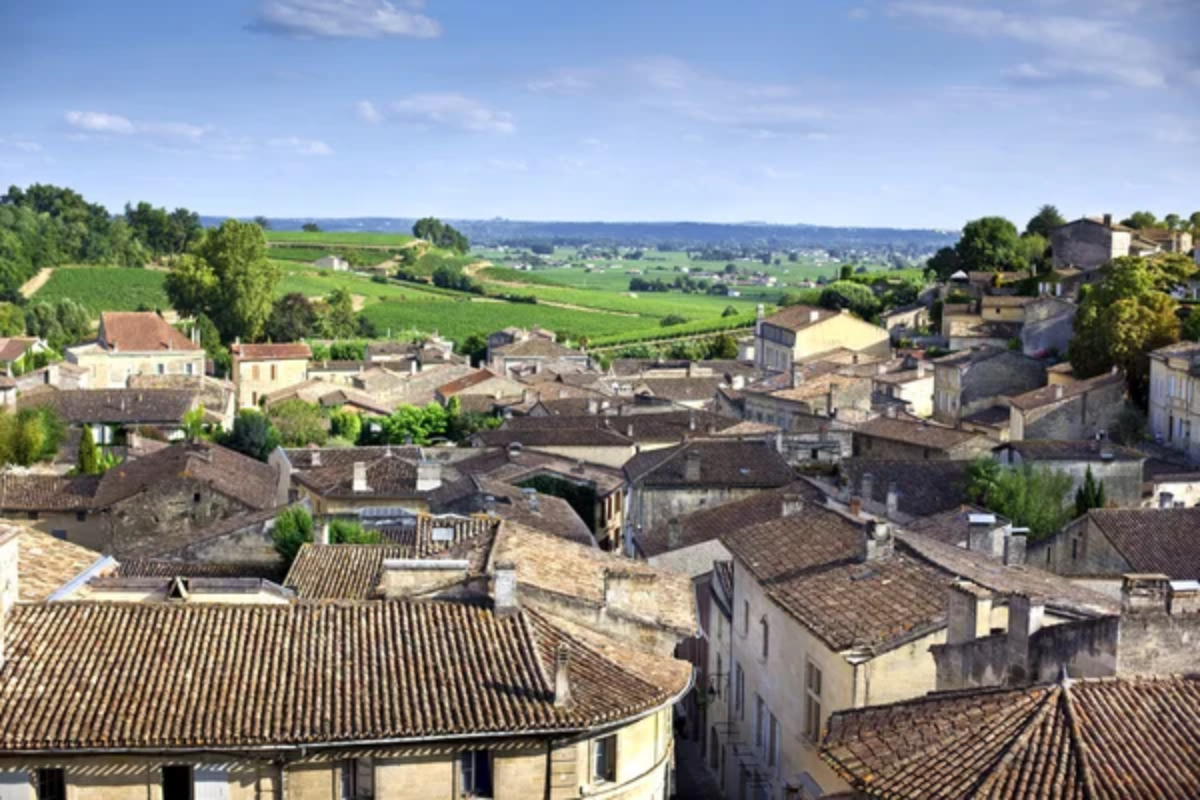
Though not exactly hidden, this UNESCO village offers secret corners away from usual tourist spots. Ancient limestone caves beneath the streets store aging wines, while monasteries turned wine cellars welcome curious visitors.
Small producers still make wine using traditional methods, and locals gather at the village wine bar to share daily news. Walking the cobblestone streets after hours reveals a different side of this historic town.
Like Travel Pug’s content? Follow us on MSN.
Sancerre
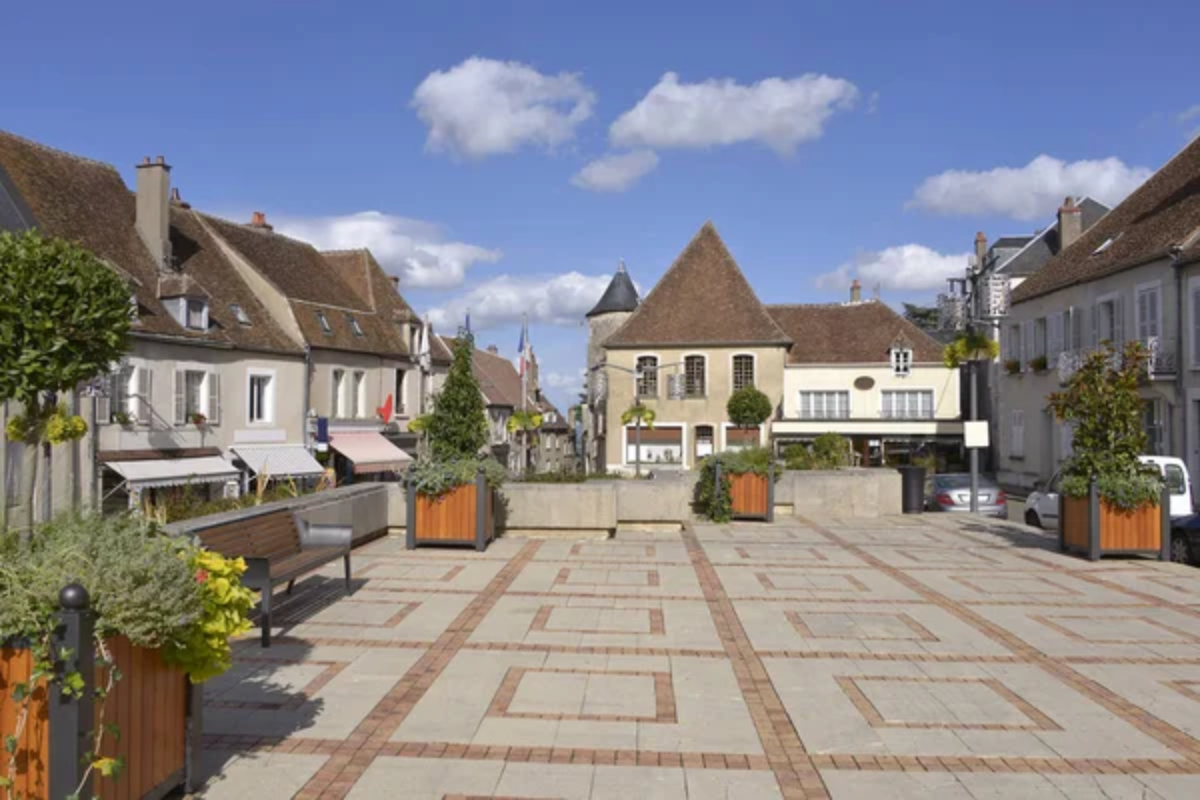
Perched high on a hilltop, this Loire Valley village produces crisp white wines from Sauvignon Blanc grapes. Family wineries occupy centuries-old buildings, offering tastings in stone cellars.
The local cheese shop pairs regional goat cheese with different wines, while narrow streets provide views across endless vineyards. Morning mists in the valley create magical photo opportunities.
Cairanne
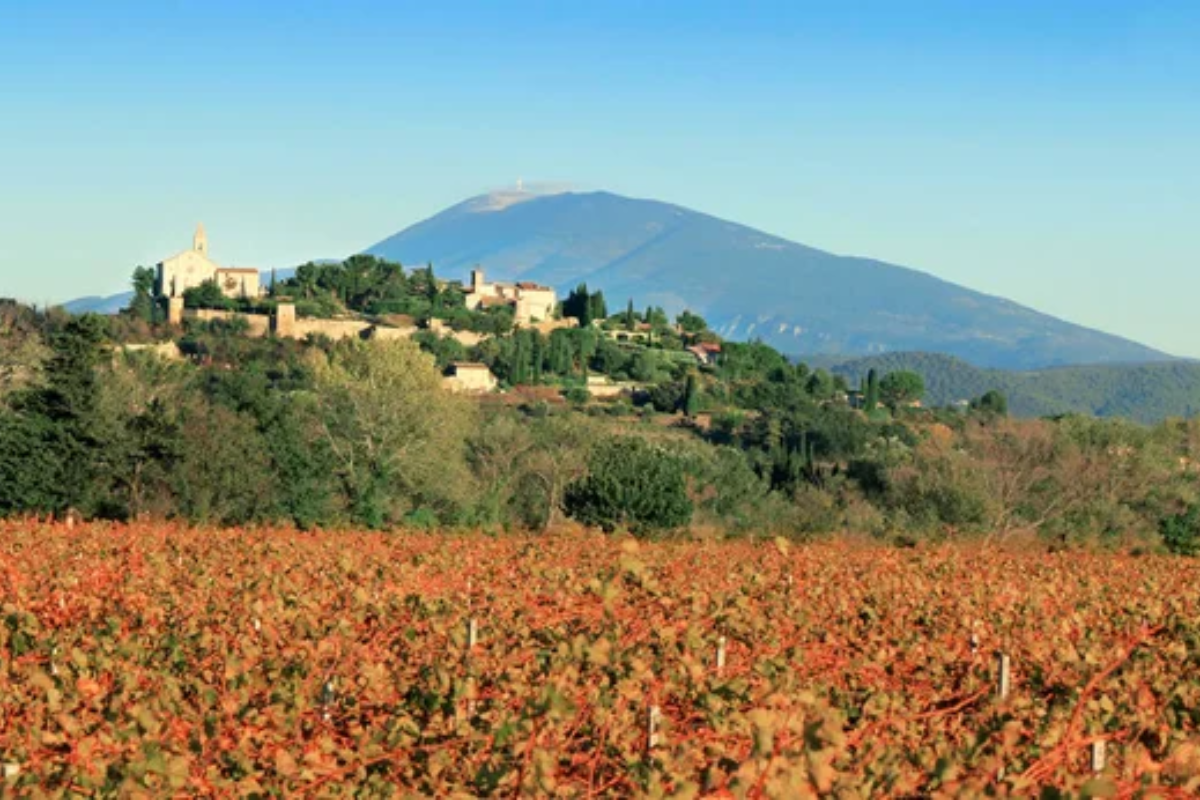
This fortified village in the southern Rhône makes robust reds that locals prefer keeping for themselves. Stone houses climb the hill to a medieval church, while cellar doors stand open along quiet streets.
Winemakers still stomp grapes by foot during harvest, and village festivals celebrate new vintages. The local olive oil pairs perfectly with regional wines.
Meursault
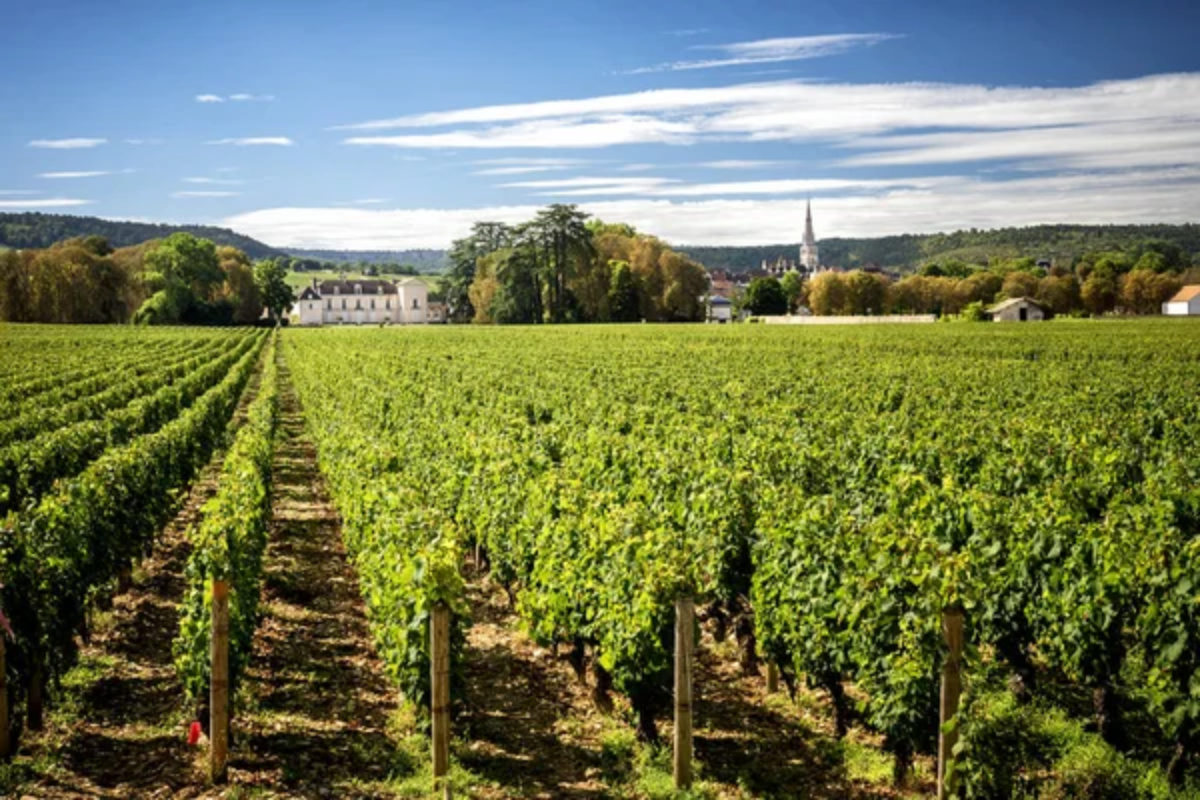
Hidden in Burgundy’s Côte de Beaune, this village produces some of France’s finest white wines. Limestone caves beneath the streets maintain perfect aging temperatures, while family estates welcome visitors like old friends.
The village baker makes bread specifically designed for wine tasting, and morning walks through the vineyards show why location matters so much.
Like Travel Pug’s content? Follow us on MSN.
Condrieu
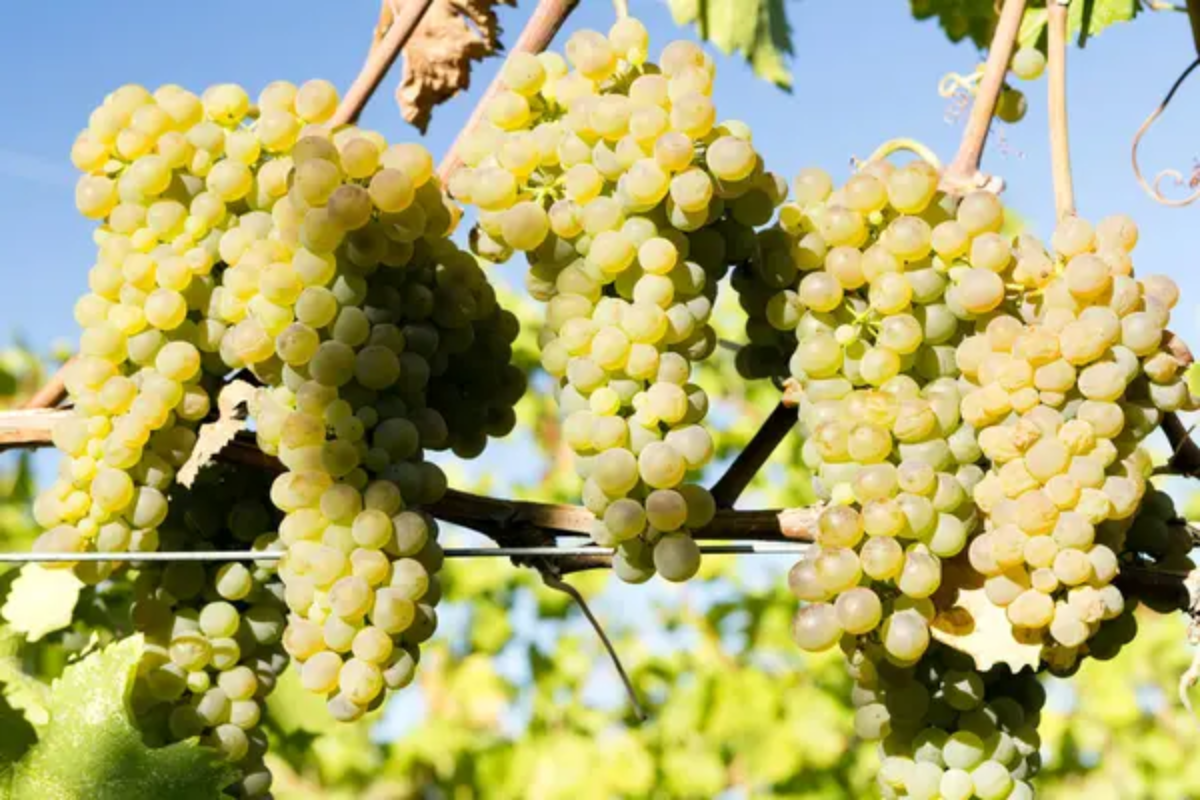
Clinging to steep Rhône Valley slopes, this village specializes in perfumed Viognier whites. Small terraces cut into granite hillsides create unique microclimates for grapes.
Local restaurants serve traditional foods paired with village wines, while sunset tastings offer views over the Rhône River. Spring brings apricot blossoms that influence the wine’s flavors.
Rasteau
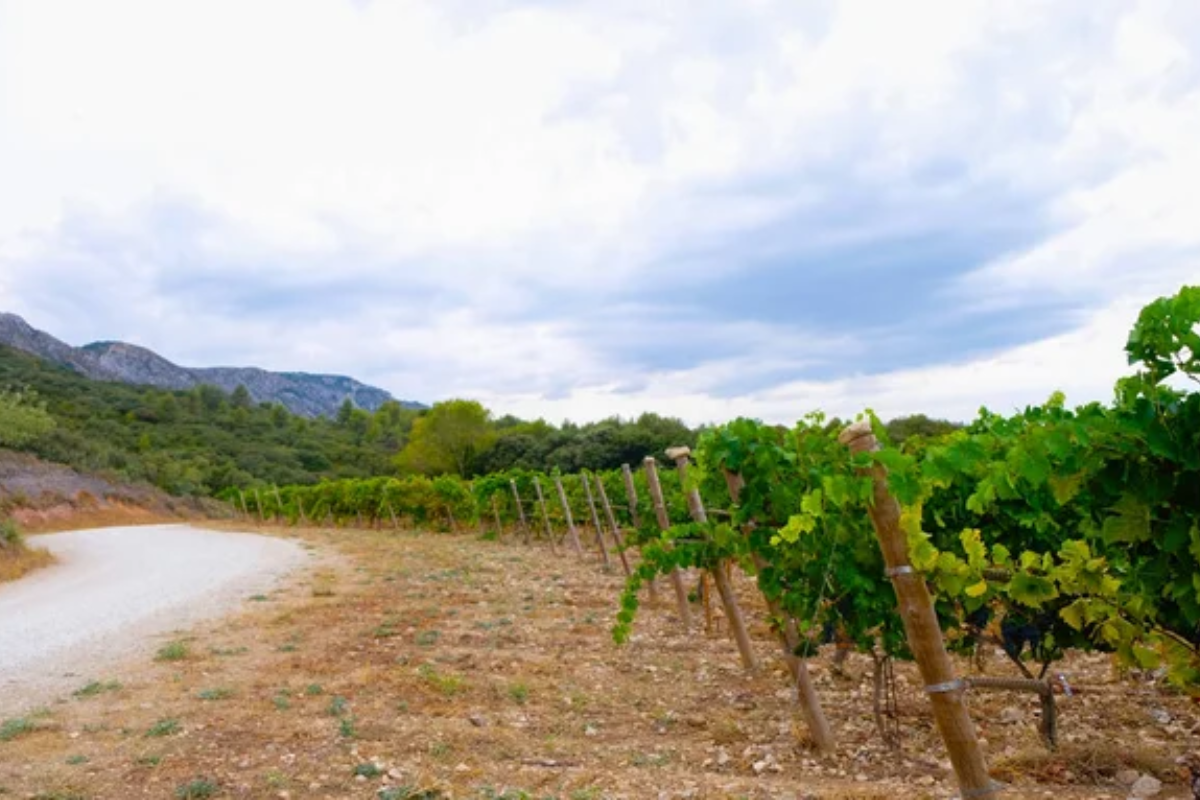
This hilltop village makes both dry reds and sweet fortified wines. Ancient plane trees shade the central square where locals share bottles and stories.
Family wineries occupy old stone buildings, offering tastings with views across the valley. The village chocolate maker creates treats specifically for wine pairing.
Seguret
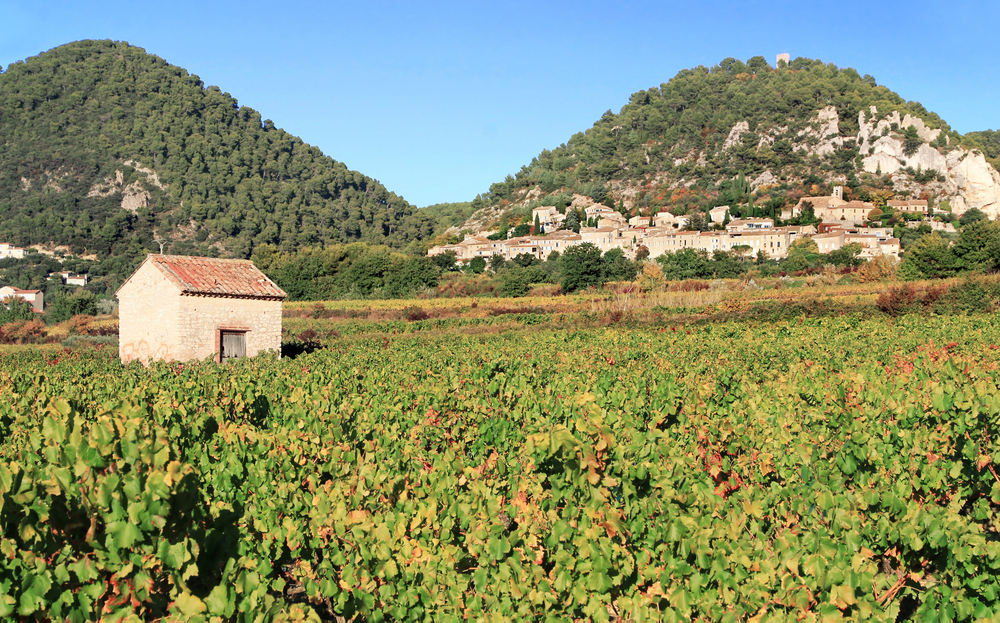
Listed among France’s most beautiful villages, Seguret backs against rocky cliffs. Winding streets reveal hidden wine cellars and artist studios, while terraced vineyards stretch below.
Local winemakers age bottles in medieval cellars, and the village restaurant serves only local wines. Morning light creates perfect photo opportunities of the misty vineyards.
Like Travel Pug’s content? Follow us on MSN.
Rully
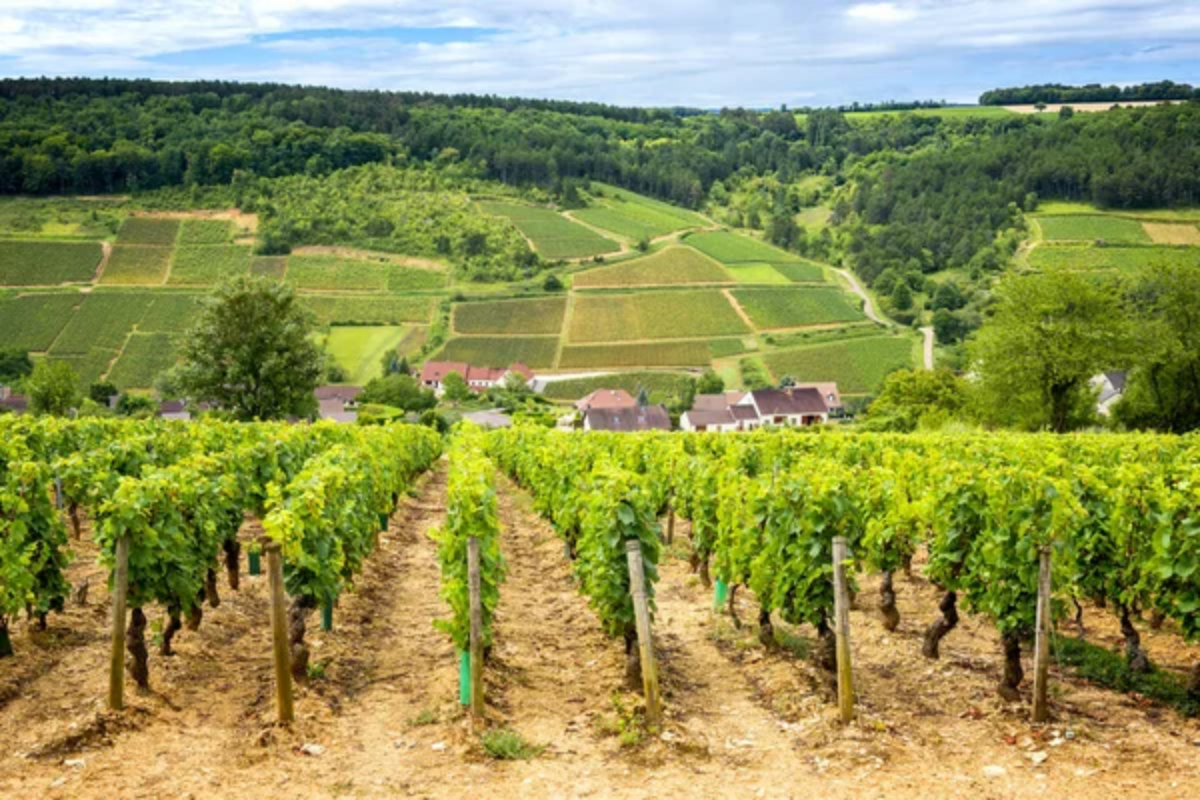
This Burgundy village focuses on both white and red wines, offering great value compared to famous neighbors. The medieval castle watches over surrounding vineyards, while family domains occupy historic buildings.
The village cooper still makes barrels by hand, and cellar tours show traditional aging methods. Spring brings wildflowers between the vines.
Suzette
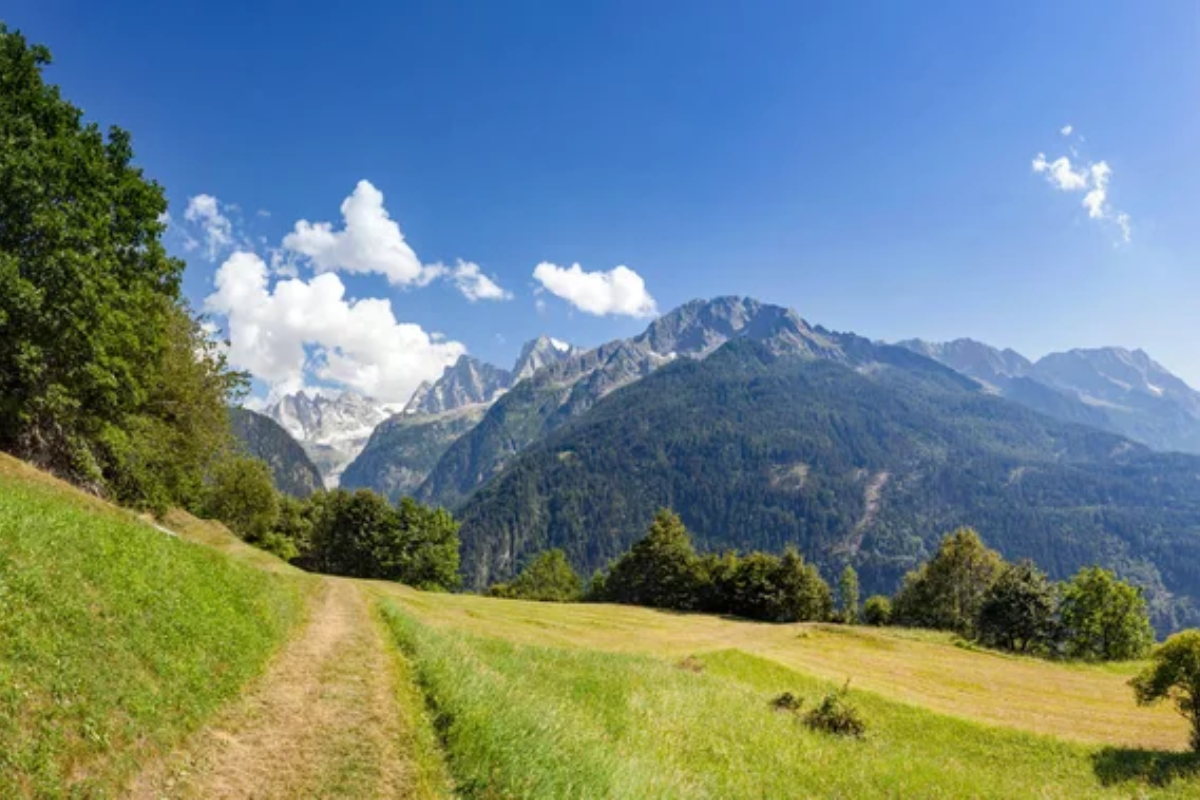
Tucked high in the Dentelles mountains, this tiny village offers big wine experiences. Streets are barely wide enough for cars to lead to family cellars, while hiking trails connect different vineyards.
The village bread oven still operates on weekends, and picnic spots offer incredible valley views. Winter brings clear days perfect for tasting rich reds.
Châteauneuf-du-Grau
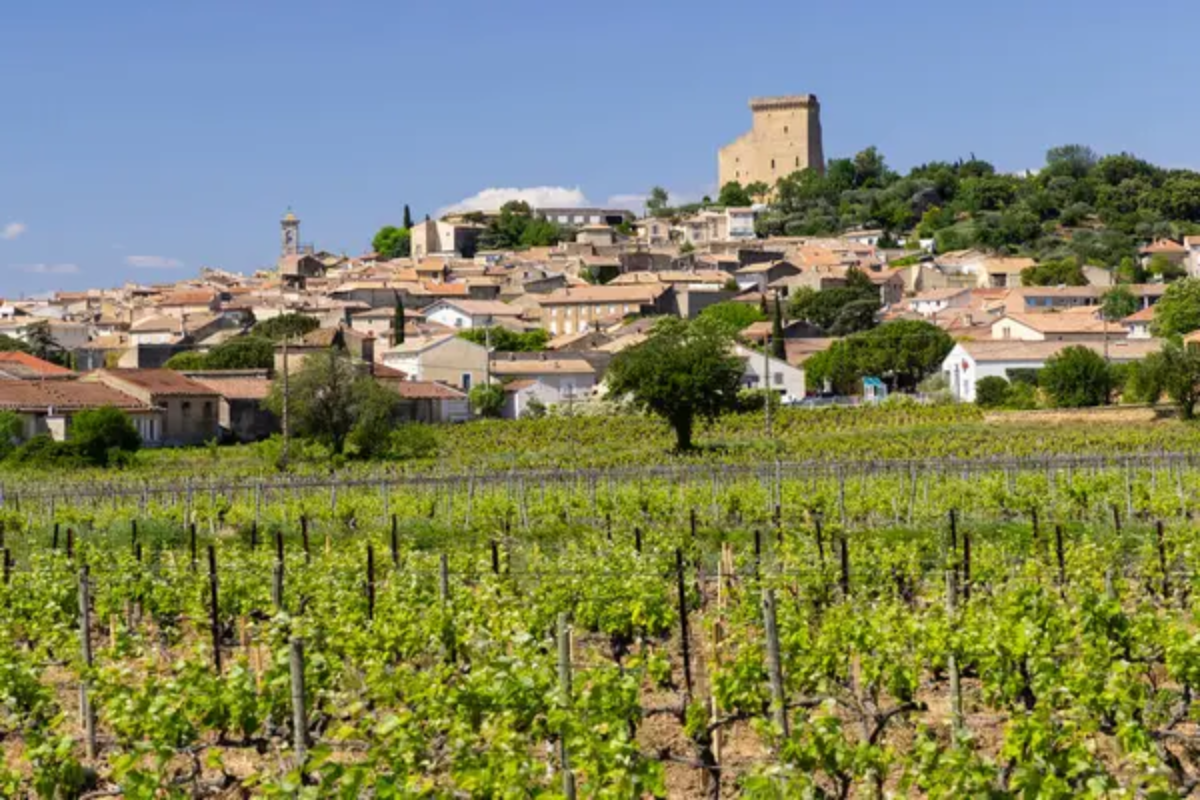
A coastal village making unique wines from sandy soils near the Mediterranean. Salt air influences the wine’s character, while flamingos sometimes visit nearby lagoons.
Family wineries welcome visitors to taste converted fishermen’s houses, and local oyster farms provide perfect pairings. Sunset brings gorgeous colors over the vineyards.
Like Travel Pug’s content? Follow us on MSN.
Juliénas
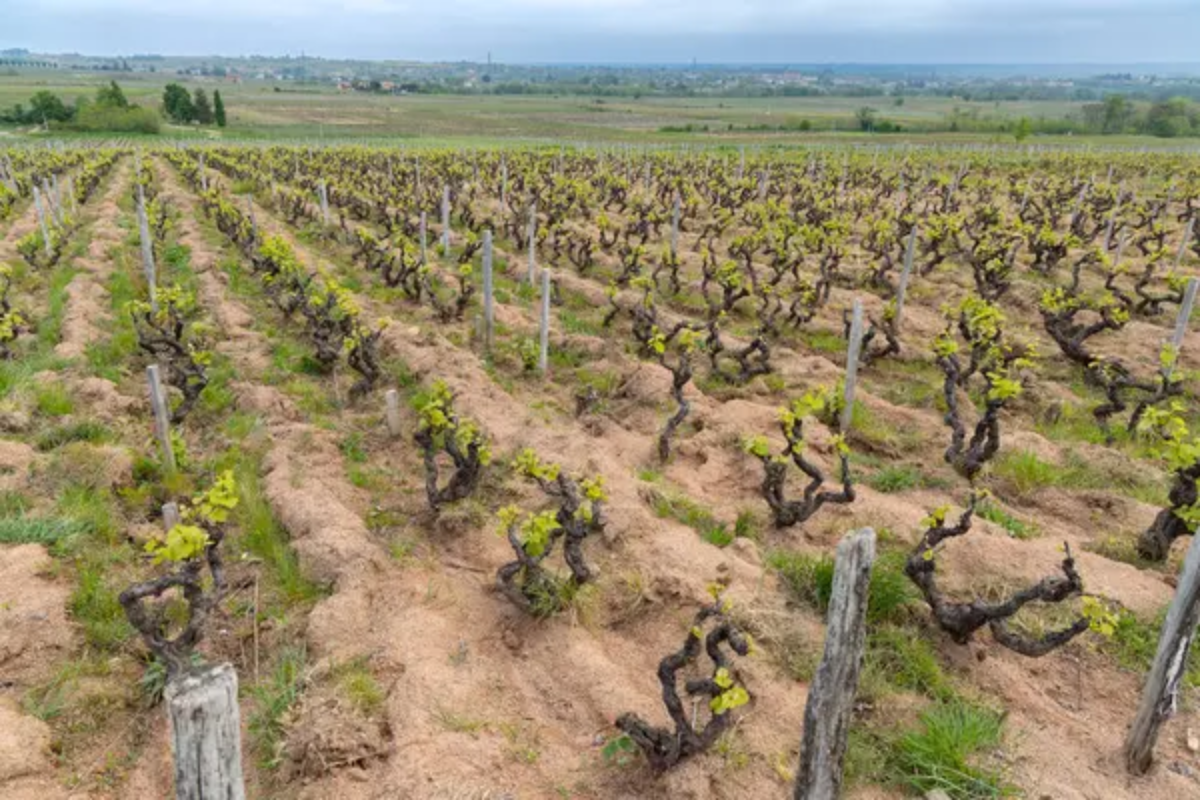
Named for Julius Caesar, this Beaujolais village makes wines that go well beyond simple Nouveau. Granite soils create distinctive flavors, while old farmhouses serve as tasting rooms.
The village cooperage museum shows traditional barrel making, and hiking trails offer views across rolling hills. Autumn brings spectacular colors to the vineyards.
Sablet
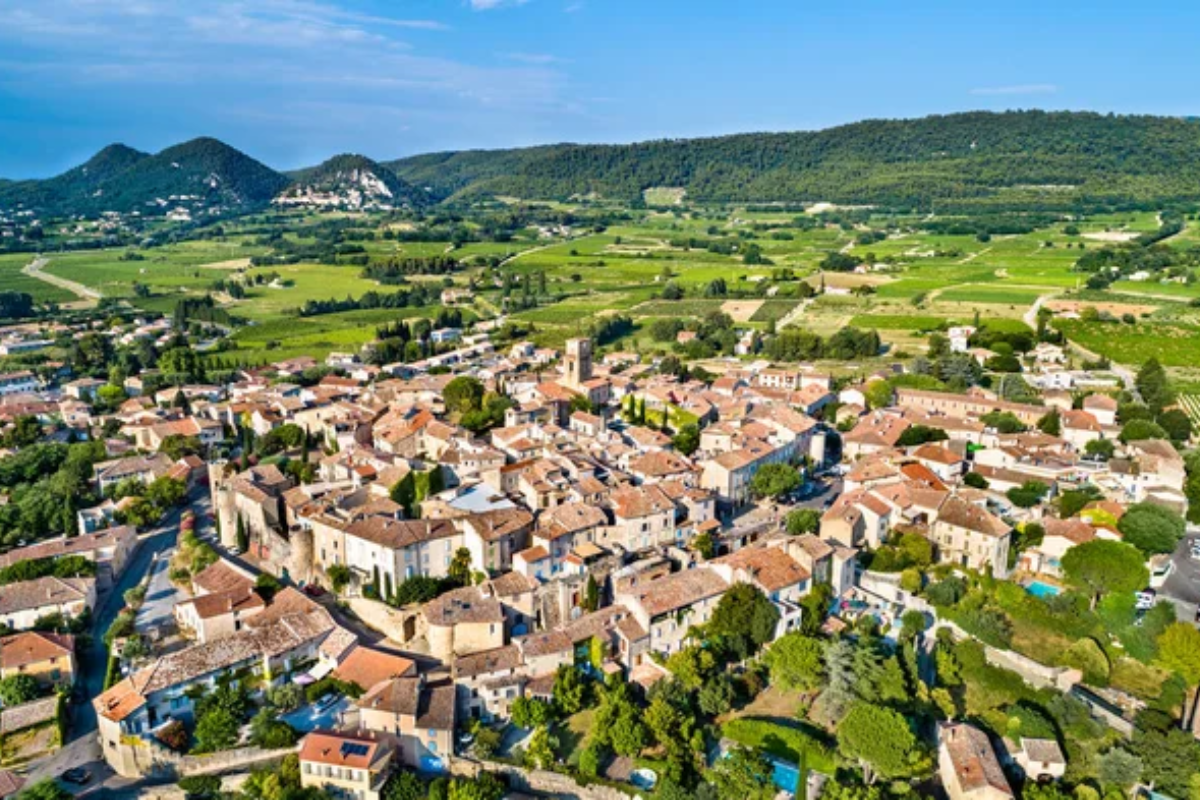
Another village climbing a Rhône Valley hill, Sablet, makes wines that rarely leave France. Medieval ramparts still stand, while cellar doors open onto narrow streets.
The village herb garden helps visitors identify wine aromas, and the local café serves only village wines. Evening light turns the stone buildings golden.
Vergisson
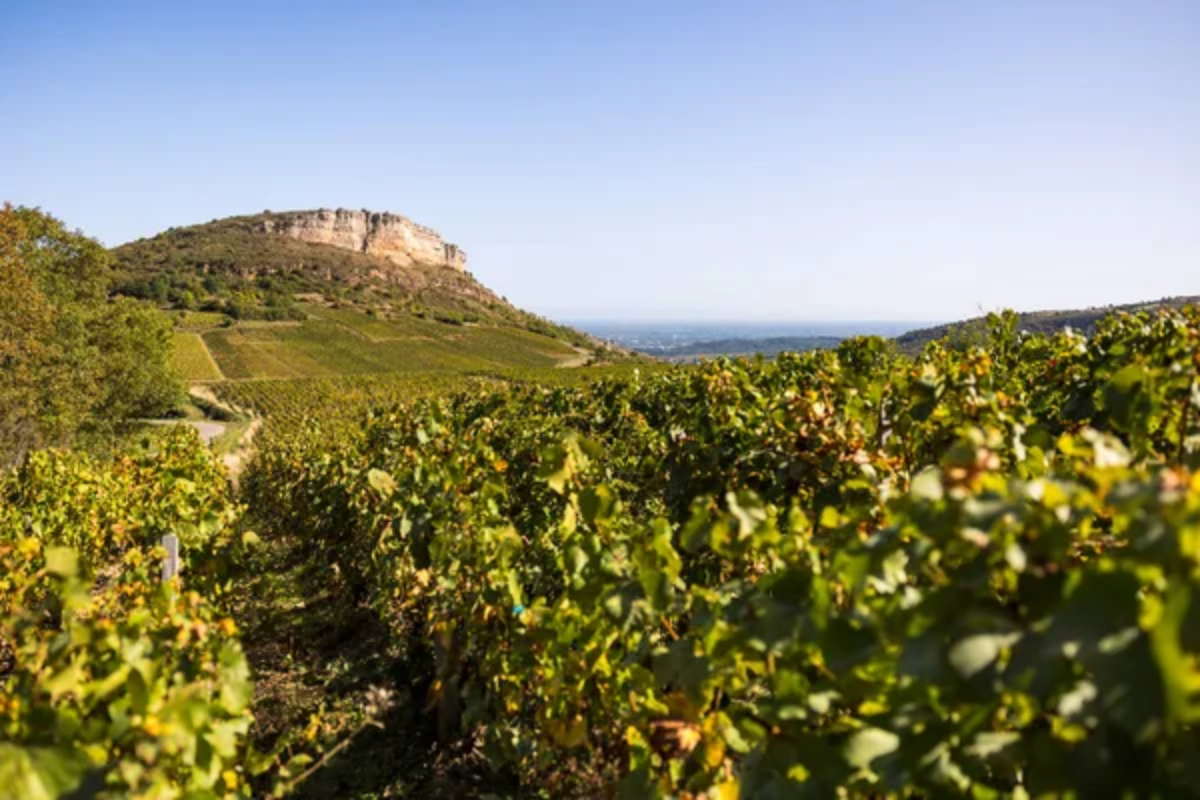
Dominated by a dramatic rock formation, this Mâconnais village produces mineral-rich whites. Family estates occupy old farm buildings, while cheesemakers age their products in limestone caves.
The village baker makes traditional cookies for wine pairing, and walking trails offer spectacular views. Morning mists create magical scenes in the vineyards.
Like Travel Pug’s content? Follow us on MSN.
Pupillin
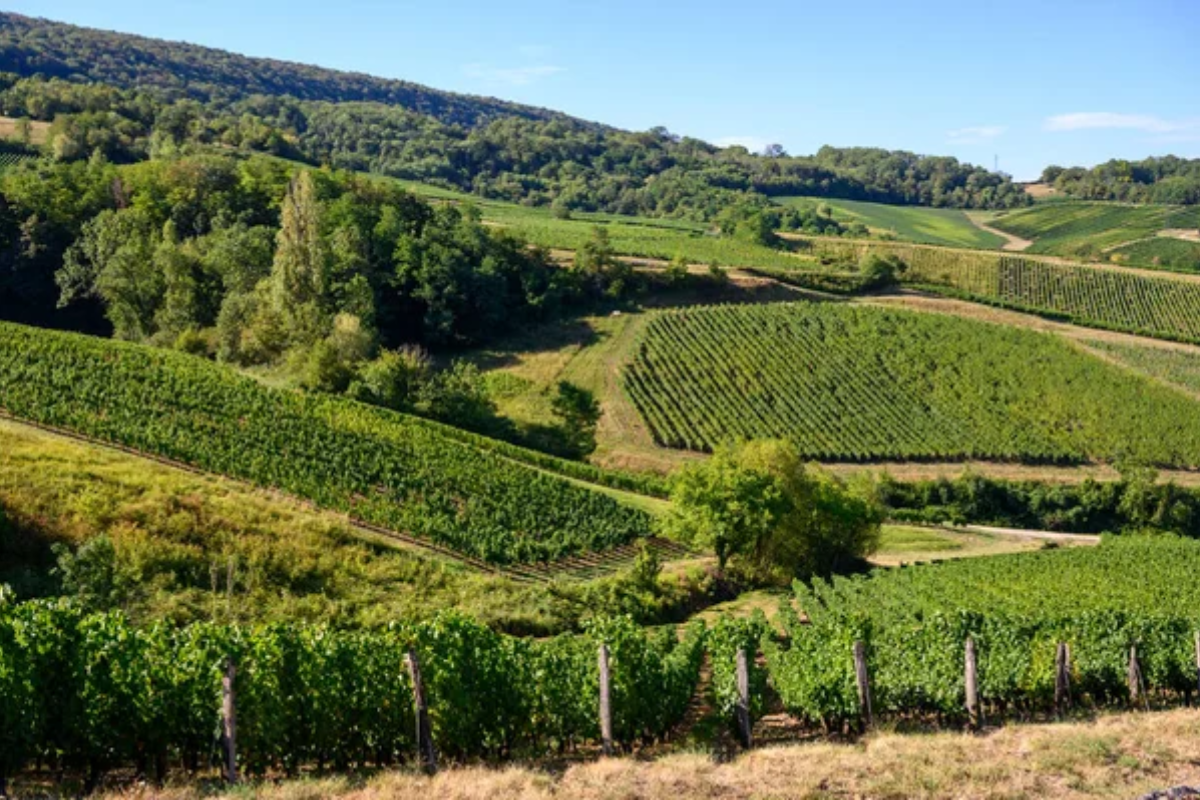
This tiny Jura village specializes in distinctive wines from rare grape varieties. Traditional methods preserve ancient techniques, while modern cellars ensure quality.
The village restaurant explains local wine and food pairings, and winter brings special tastings of yellow wine. Autumn colors make perfect backdrops for wine photos.
Saint-Romain
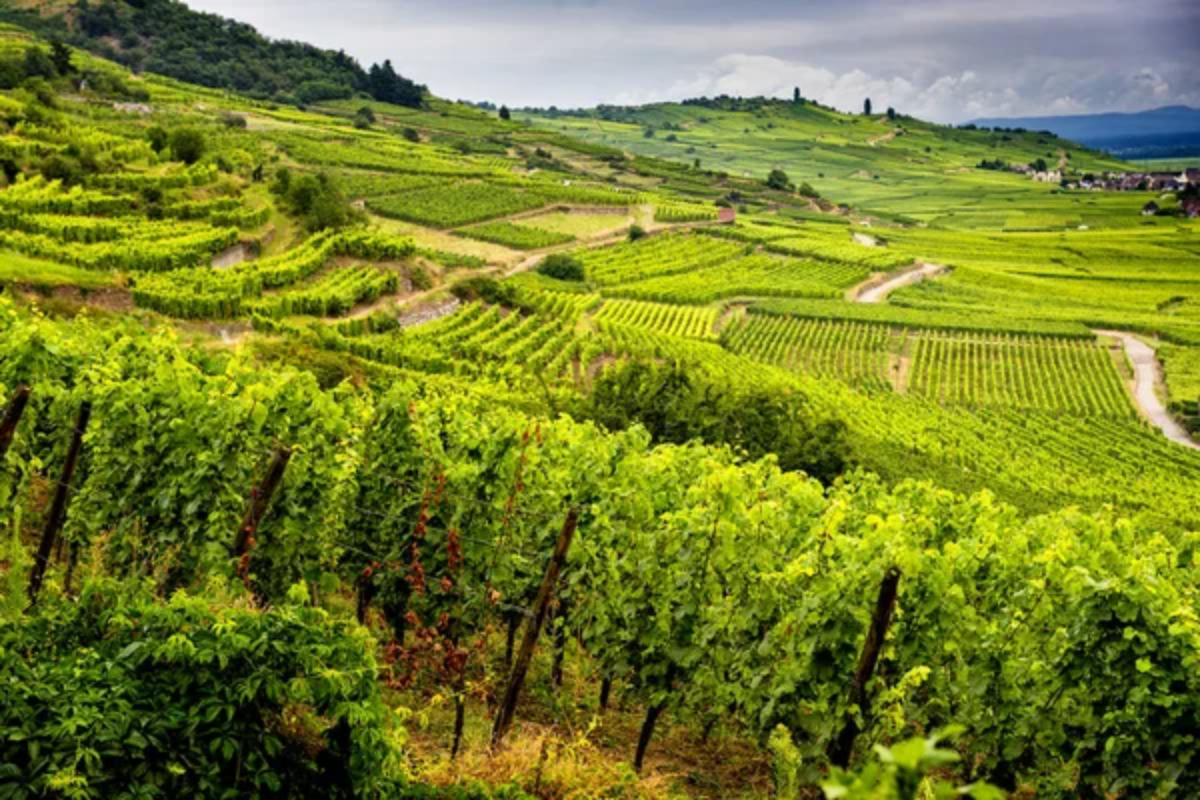
Hidden in a Burgundy Valley, this village makes both red and white wines. Ancient cellars tunnel into limestone cliffs, while family domains occupy historic buildings.
The village fountain still provides drinking water, and the sunset brings golden light to the stone walls. Spring shows why location matters for grape growing.
Villedieu
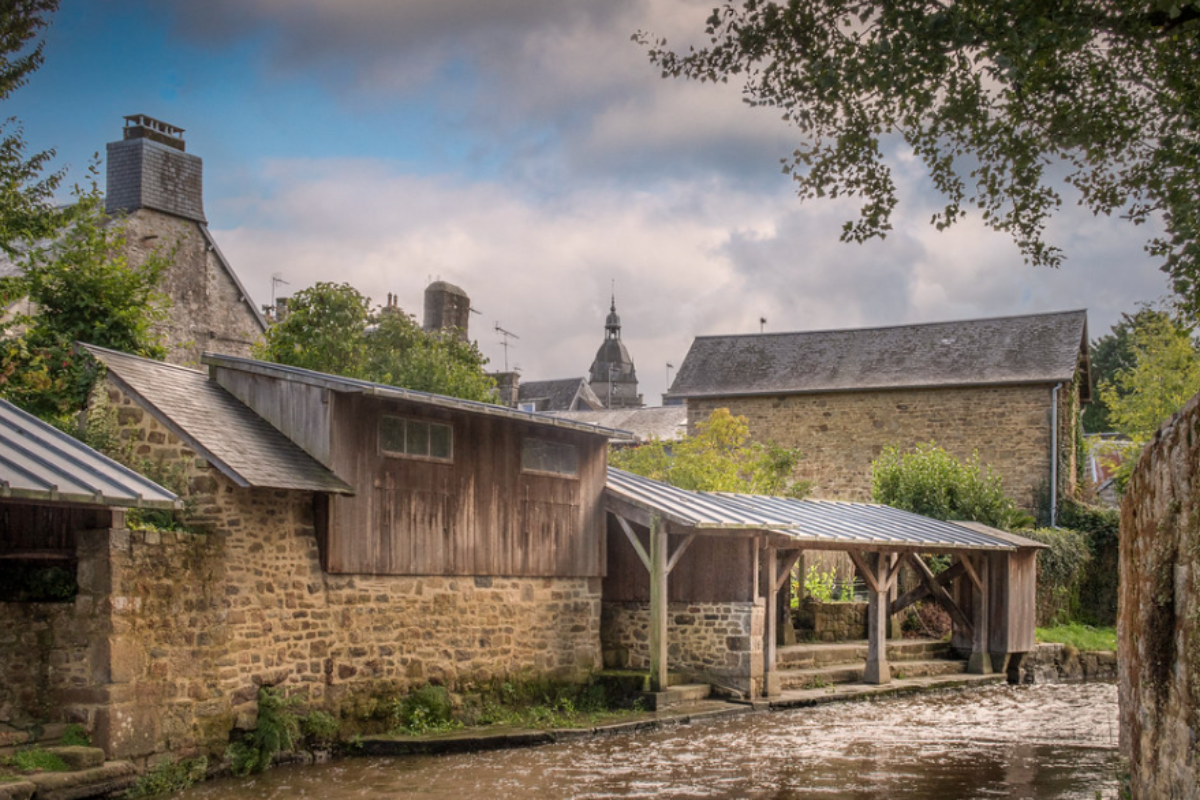
This Knights Templar village in Provence keeps old wine traditions alive. Stone houses line narrow streets leading to hidden tasting rooms.
The village cooper demonstrates barrel repairs, while the local café offers wine education with each glass. Lavender fields nearby add to the sensory experience.
Like Travel Pug’s content? Follow us on MSN.
Pernand-Vergelesses
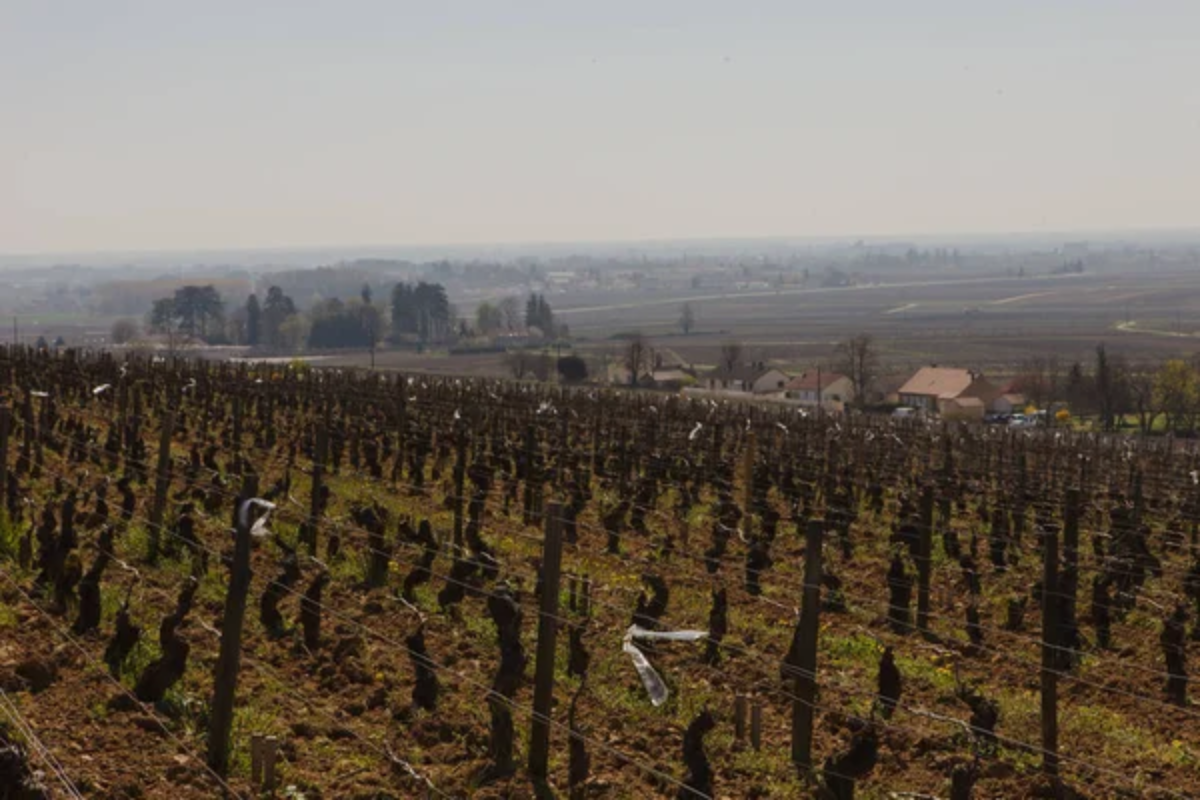
Nestled beneath the hill of Corton, this village makes world-class wines in humble settings. Family estates welcome visitors into centuries-old cellars, while hiking trails reveal premier vineyard locations.
The village bread oven produces perfect wine-tasting accompaniments, and autumn brings golden colors to the slopes.
Montpeyroux
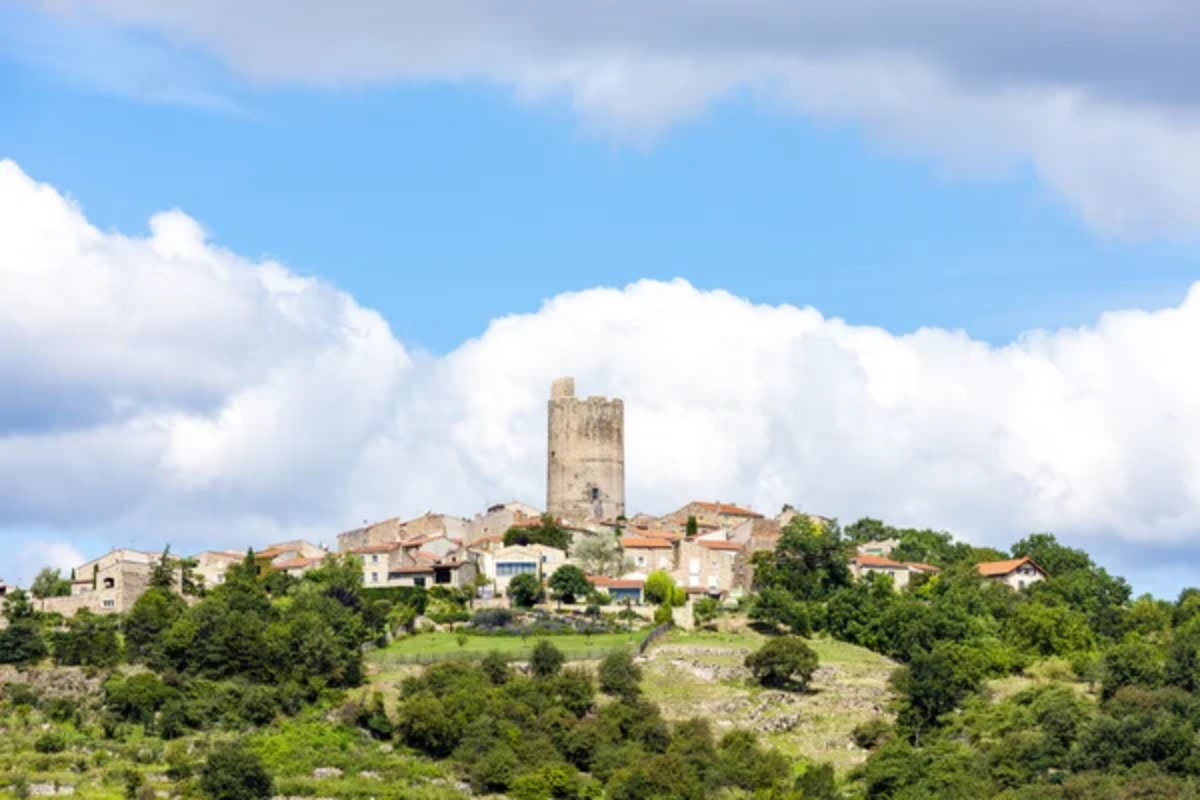
This southern village combines wine heritage with medieval architecture. Narrow streets reveal family wineries in historic buildings, while the castle provides vineyard views.
Local restaurants pair regional dishes with village wines, and spring brings wildflowers between the vines. The village market sells perfect picnic supplies for wine tasting.
Saint-Aubin
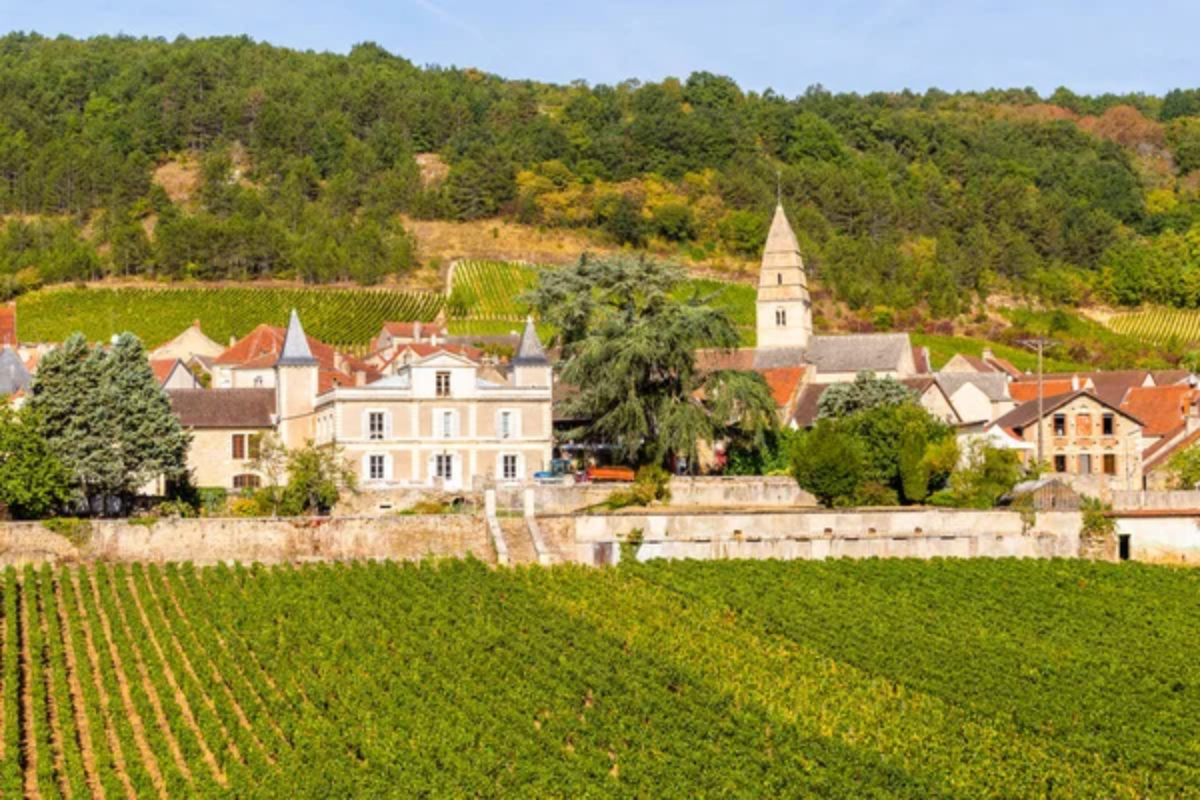
Hidden behind more famous neighbors, this Burgundy village offers exceptional wine experiences. Family domains occupy old farmhouses, while underground cellars maintain perfect temperatures.
The village church offers vineyard views, and morning walks show why location matters so much. Winter brings clear days that are perfect for red wine tasting.
Like Travel Pug’s content? Follow us on MSN.
Village Vintages
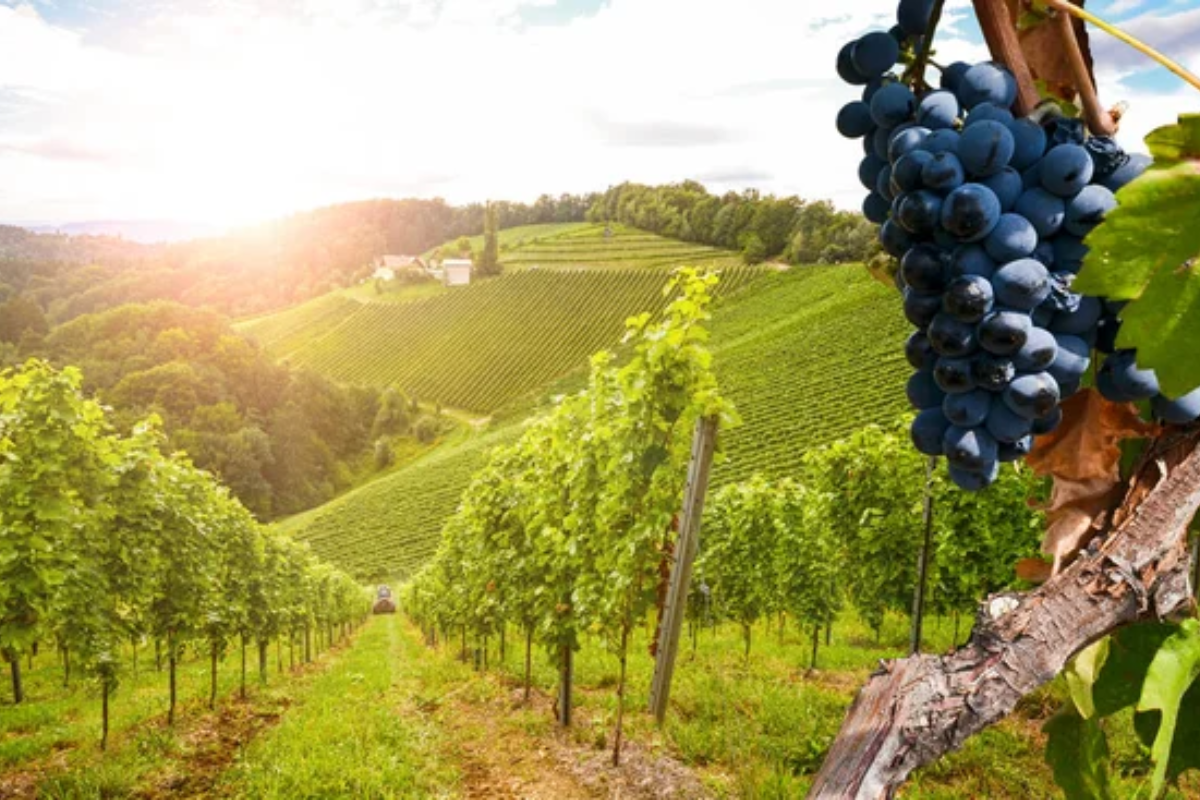
These hidden corners of France remind us that great wine comes from more than just famous names. Each village holds generations of wine-making knowledge, shared freely with those who take time to visit. They show us that sometimes the best discoveries happen down the smallest roads.
These places prove that wine isn’t just about what’s in the glass – it’s about where it comes from and who makes it. Whether you’re a serious collector or a casual sipper, these villages offer authentic experiences that big-name regions can’t match. Each visit writes new stories in the long history of French wine.
More from Travel Pug

- 20 Towns Built for One Purpose That Were Later Abandoned
- 15 Hidden Spots in Disney World’s Magic Kingdom Most Visitors Miss
- 15 Most Scenic Walks Anywhere in The World
- 15 Canyons in the U.S. That Are Just as Stunning as the Grand Canyon
- 10 Under-the-Radar Mountain Towns That Are Both Affordable and Beautiful
Like Travel Pug’s content? Follow us on MSN.k
